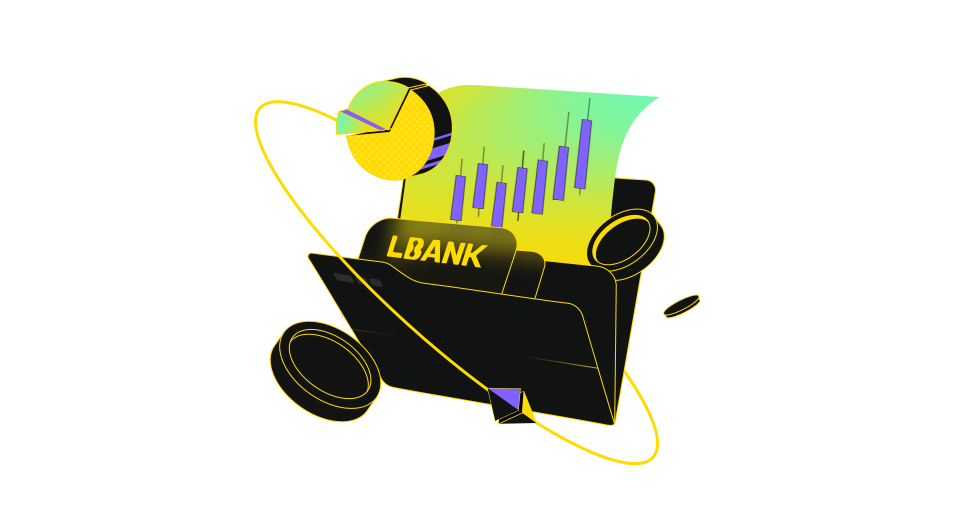How do MakerDAO’s policies affect Dai’s supply and stability?
2025-04-02
Error executing ChatgptTask
How MakerDAO’s Policies Influence Dai’s Supply and Stability
Introduction
MakerDAO, a pioneer in decentralized finance (DeFi), governs the Dai stablecoin, a cryptocurrency pegged to the US dollar. Unlike centralized stablecoins, Dai maintains its stability through decentralized mechanisms and policies set by MakerDAO. These policies directly impact Dai’s supply and its ability to hold the peg. This article explores how MakerDAO’s governance decisions—such as adjusting stability fees, collateralization ratios, and debt ceilings—affect Dai’s supply dynamics and overall stability.
Collateralization and Dai’s Supply
Dai is generated when users lock collateral (like Ether or other approved cryptocurrencies) into MakerDAO’s smart contracts. The collateralization ratio, currently set at 150%, ensures that every 1 Dai minted is backed by at least $1.50 worth of collateral. This over-collateralization acts as a buffer against price volatility.
When demand for Dai rises, users deposit more collateral to mint new Dai, increasing supply. Conversely, if collateral values drop sharply, undercollateralized positions are liquidated to protect the system. This mechanism ensures Dai’s supply adjusts dynamically while maintaining solvency.
Stability Fees and Borrowing Demand
The stability fee, essentially an interest rate on Dai loans, is a critical lever for controlling supply. When Dai trades above its $1 peg (indicating high demand), MakerDAO may lower the fee to encourage borrowing and increase supply. Conversely, if Dai falls below $1 (excess supply), the fee is raised to discourage borrowing and incentivize repayment, reducing supply.
For example, during the 2022 crypto downturn, Dai’s peg was under pressure due to market-wide liquidations. MakerDAO raised the stability fee to 18%, making borrowing costlier and reducing Dai supply, which helped restore the peg.
Governance and Risk Management
MakerDAO’s decentralized governance model allows MKR token holders to vote on policy changes. Proposals can adjust fees, add new collateral types, or modify risk parameters. These decisions directly influence Dai’s supply stability:
- Debt Ceiling Adjustments: Caps on how much Dai can be minted against specific collateral types prevent overexposure to volatile assets. Raising the ceiling increases supply but requires careful monitoring to avoid destabilization.
- Collateral Diversification: Adding new collateral assets (e.g., USDC or real-world assets) expands Dai’s backing sources, improving resilience but introducing new risks.
Recent Developments and Challenges
In 2023, MakerDAO introduced proposals to enhance stability, including dynamic stability fees and stricter liquidation penalties. These aim to preempt market shocks. However, challenges persist:
- Market Volatility: Sharp collateral price swings can trigger mass liquidations, suddenly reducing Dai supply.
- Regulatory Risks: Potential crackdowns on DeFi could restrict MakerDAO’s operations, affecting Dai’s stability mechanisms.
- Smart Contract Vulnerabilities: Bugs or exploits could undermine trust in Dai’s peg.
Conclusion
MakerDAO’s policies are the backbone of Dai’s stability. By dynamically adjusting collateral requirements, stability fees, and supply caps, the protocol ensures Dai remains pegged to the dollar despite market turbulence. However, these mechanisms require constant refinement to address evolving risks in DeFi. For users and investors, understanding these policies is key to gauging Dai’s reliability as a stablecoin in an unpredictable crypto landscape.
The interplay between governance decisions and market forces highlights the delicate balance MakerDAO must strike to sustain Dai’s stability—a testament to the complexities of decentralized monetary systems.
Related Articles
How to Invest in Crypto as a Complete Beginner in 2025
2025-09-03 04:01:09
How are RWAs different from traditional financial assets?
2025-05-22 10:16:47
How does DeFi differ from traditional finance systems?
2025-05-22 10:16:47
Can you elaborate on how equitable distribution is achieved in the new tokenomic model?
2025-05-22 10:16:46
What implications does this collaboration have for blockchain gaming acceptance?
2025-05-22 10:16:46
How does U.S. Steel Corporation's performance compare to its competitors in light of the new price target?
2025-05-22 10:16:46
How important does Buterin consider institutional adoption of cryptocurrencies?
2025-05-22 10:16:45
What types of insights or findings should be highlighted during the analysis of news articles?
2025-05-22 10:16:44
What role do stablecoins play in facilitating transactions within the cryptocurrency ecosystem?
2025-05-22 10:16:44
What is Mashinsky's perspective on the role of self-regulation within the crypto industry?
2025-05-22 10:16:44
Latest Articles
Tokenized Investment Opportunities on LBank: Opening New Doors for Retail Investors
2025-11-19 04:06:38
Innovative Layer 2 Solutions: Transforming Ethereum’s Scalability
2025-11-19 03:51:46
The Blockchain Trilemma: Can We Have It All?
2025-11-19 03:41:13
Best Places to Trade and Earn from Crypto in 2026
2025-11-19 03:30:43
Smart Ways to Invest in Crypto Even on a Low Budget
2025-11-19 03:23:32
How Zero-Knowledge Proofs (ZKPs) Are Changing the Game for the Future of Privacy in Blockchain
2025-11-19 03:09:36
Coinpedia: Your Complete Destination for Crypto News, Price Predictions, and Portfolio Tracking
2025-11-17 23:20:56
Smart Contract Development and Auditing: Building Trust in the Heart of DeFi
2025-11-07 04:20:42
Decentralized Identity (DID): Revolutionizing the Notions of Trust and Privacy within Web3
2025-11-07 04:12:16
Rise of DAOs: How Decentralized Autonomous Organizations are Changing the Governance of Communities
2025-11-07 04:05:09



